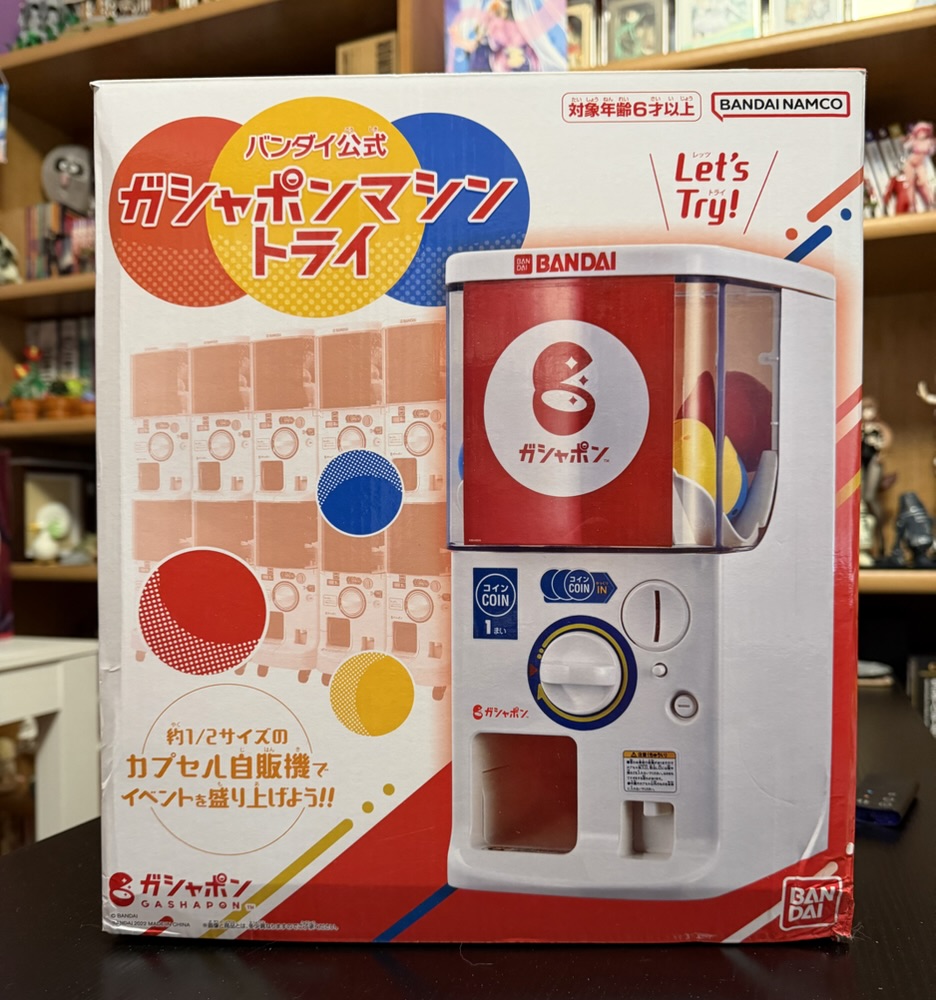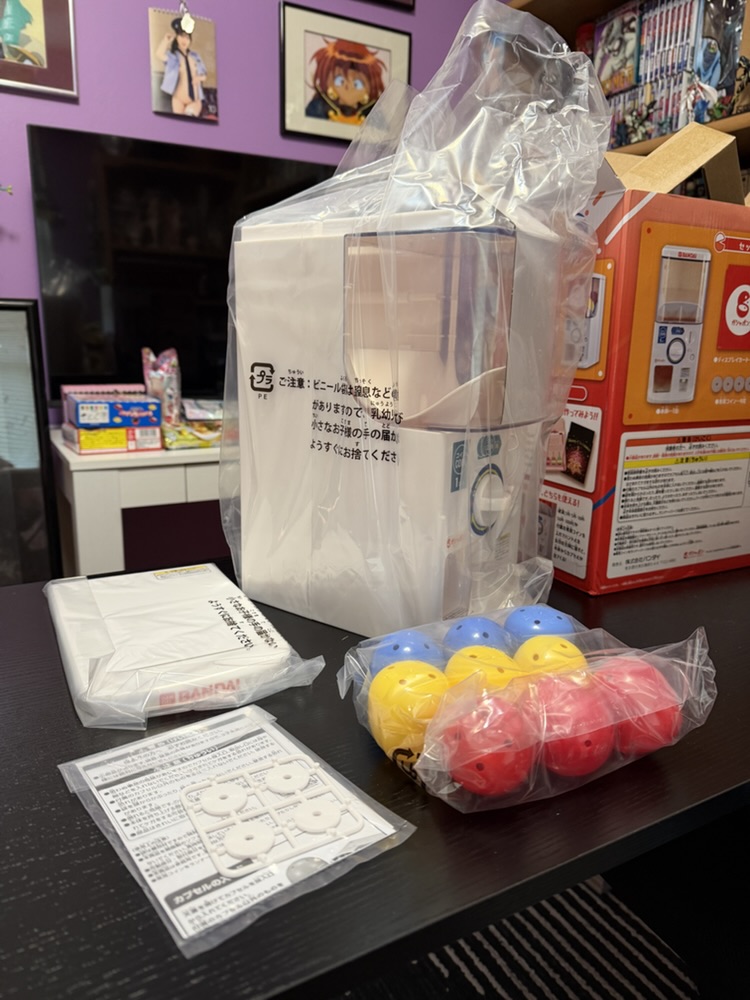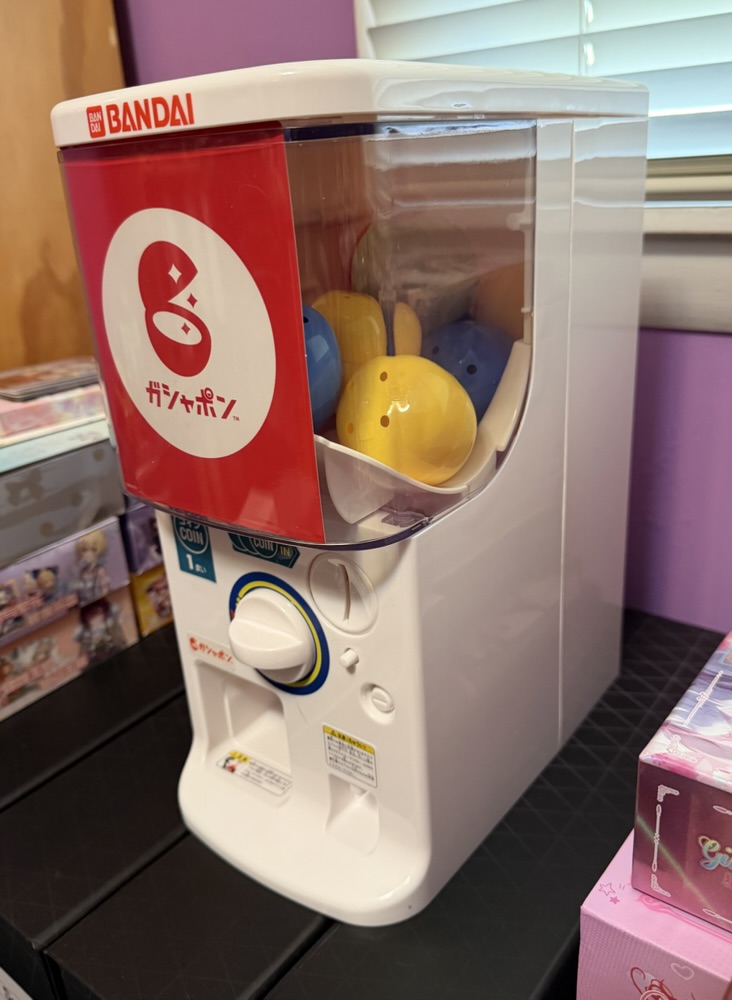Here are some of the items I got at the con. I’m not including the half dozen or so volumes of manga (mostly isekai trash) or the many stationary items (postcards and stickers) since I haven’t yet decided which will be gifts and you may even see a postcard in your mailbox one day.

The above is an English ‘special edition’ of the Weekly Young Magazine, a Japanese manga weekly from Kodansha. This is a hefty (1000+ pages) volume containing the first chapters of 14 series translated into English. Readers can vote on which ones they want to see serialized, but it’s unclear whether this format (an anthology magazine) will continue or if they’ll be serialized online.

This is a beautiful book, printed in Japan and with the same feel as the Japanese anthologies. I had to join a longish line to get one (for free) at the con, and the next day I saw a big pile just sitting around for the taking at Kinokuniya in the city!

This is a vinyl figure of a kaiju that I bought from the designer. The monster itself is from an old (1980s) Korean film which I’d never heard of, but the guy who designed this figure also designed two of the kaiju in the recent Godzilla x Kong film and had a few impressive 3D prints of his work on display. His was a somewhat out-of-place booth for an anime con but I’d been looking for a vinyl kaiju figure and this one wasn’t expensive and scratched the itch.

There were hundreds of anime figures available, almost all of the prize variety. I’ve got loads of these BiCute girls, and picked up the above two at the con. Prices were extremely good – possibly due to competition? – and had I more space I probably would have bought more.

Bandai had a display and shop for Gundam kits, as well as an area where you could sit and make a beginners version for free. I charmed the dude into letting me take one! I like that it’s on a single runner, and will certainly assemble it one day.

I got the above clear file at the Japan Tourist Board exhibit. I was just throwing all the free handouts into my bag and didn’t even notice it was a clear file until I got back to the hotel. It promotes a 2022 short anime that reimagines Japanese castles as transforming robots, which was partially funded by local tourism agencies.

Loads of exhibitors were selling TCG cards, mostly Pokemon and One Piece, but one booth seemed to specialize in Weiss. I’d been considering buying a Weiss box for a while, they had them for a decent price, so I bought this Nikke one. I’ll let it age a year or few before opening.

Speaking of TCGs there were also a few being launched at the con. They all had the whiff of scam about them – companies wanting to cash in on the current TCG mania – but I wasn’t going to decline a free promo card. Maybe I can sell it for a fortune and retire one day. Or maybe not 😉

I’ve put most of ‘the cute stuff’ together. This is what I bought specifically for Kristin, and all of it came from artist alley booths. The envelope with Korean text is a blind pack of animal stickers, and the frog pin was also a blind box item. The bottom left is a capybara coaster. Had KLS been with me we would have purchased much more like this!

Even though it wasn’t a con purchase, here’s a bonus pic: dollar-bin comics purchased at Midtown Comics. I have no interest in recent superhero comics, but always find the late 80s and early 90s stuff a fun read. I wonder which of these will be best and which worst?






















